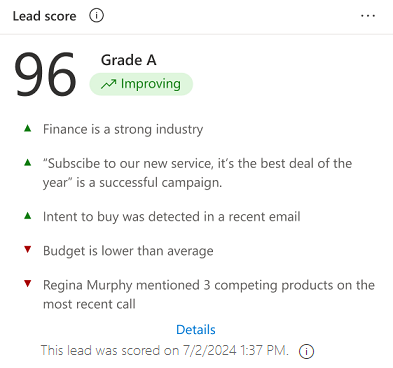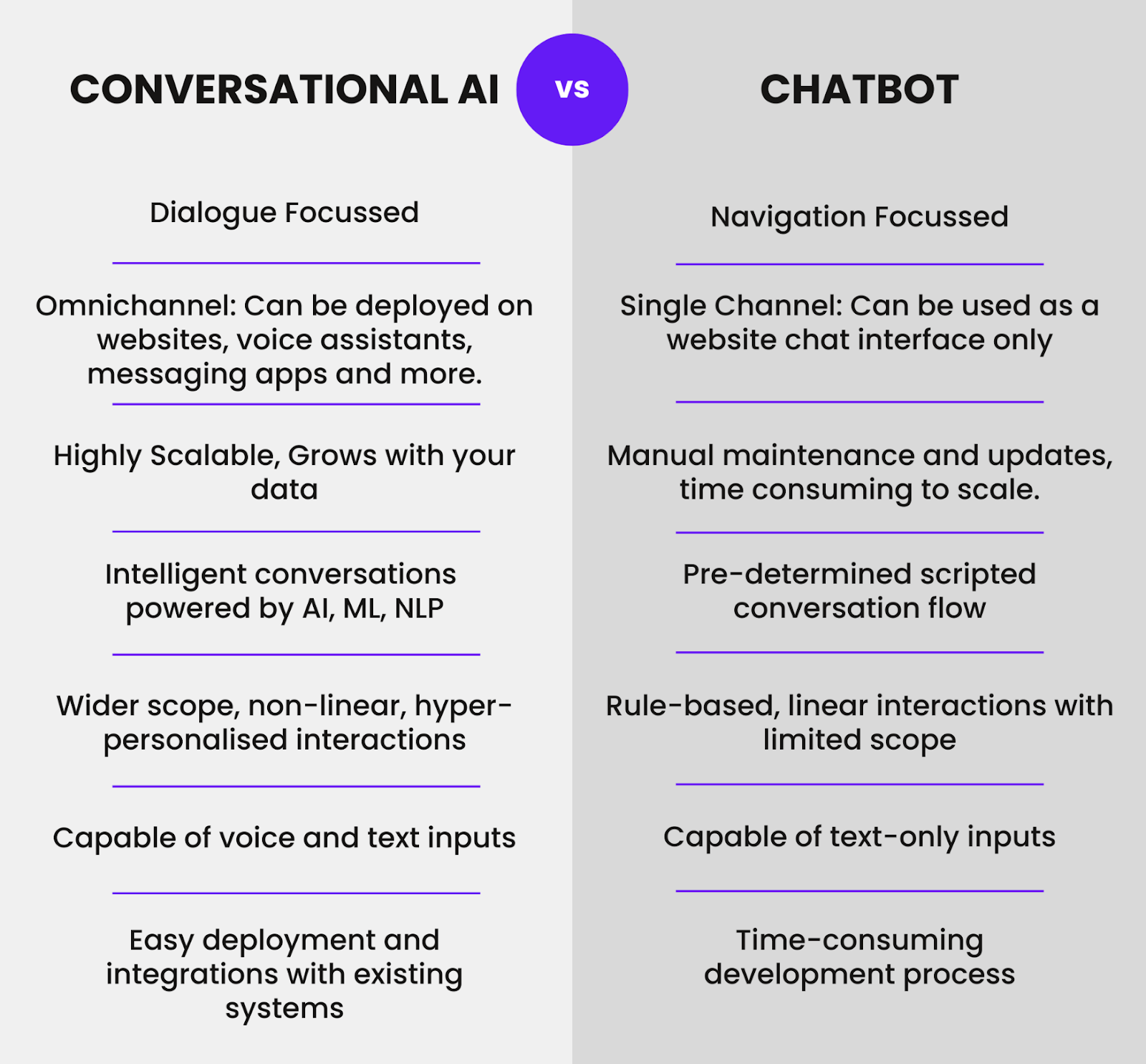AI-Powered Tools to Streamline Demand Generation
Demand generation has always been about building awareness and interest at scale. But as buyer expectations rise and attention spans shrink, traditional tactics alone fall short. You need tools that do more than just send emails and score leads. You need tools that learn, adapt, and act in real time.
By combining automation with artificial intelligence, modern marketing teams can scale outreach, personalize interactions, and deliver better-qualified leads—without burning out their teams. Here’s how AI-powered tools are changing the game for demand generation.
Quick Takeaways
- Marketing automation streamlines outreach and lead nurturing across the funnel.
- AI tools improve targeting, personalization, and real-time optimization.
- Predictive lead scoring, email optimization, and chatbots all boost demand gen results.
- Clean data, clear goals, and strategic rollout are key to success.
Why Marketing Automation Drives Better Demand Generation
Marketing automation refers to the use of technology to manage and streamline repetitive marketing tasks—like email sends, lead nurturing, and campaign tracking. But the real value goes beyond efficiency. With the right strategy, automation helps you engage prospects at the right time with the right message, accelerating the buyer’s journey.
Instead of manually tracking every lead touchpoint or segmenting audiences by hand, automation handles these tasks instantly and accurately. That frees up your team to focus on strategy and creative execution, not data wrangling.
AI-Powered Tools That Support Marketing Automation
AI adds a layer of intelligence to standard automation tools. It learns from patterns and adjusts over time. Here are a few ways AI-powered tools strengthen marketing automation and drive stronger demand gen outcomes:
1. Predictive Lead Scoring
AI tools analyze past behavior, engagement patterns, and firmographic data to surface high-potential prospects.

The lead scoring dashboard above visualizes these insights, helping sales and marketing teams prioritize outreach based on real buying signals.
2. Automated Email Optimization
AI personalizes subject lines, adjusts send times, and selects content based on user behavior. Over time, these tools learn which combinations yield the best open and click-through rates, maximizing your reach without manual A/B testing.
3. Content Recommendation Engines
Based on visitor behavior and interest signals, AI tools deliver tailored content to each user. This deepens engagement and keeps prospects moving through the funnel without requiring a content team to handpick assets for every stage.
4. Chatbots and Conversational AI
AI-powered chatbots engage leads in real time, answering questions and qualifying prospects automatically. Conversational AI goes further, using machine learning and NLP to handle more complex, multi-channel interactions. The image below compares the two, highlighting how conversational AI delivers smarter, more scalable engagement.

These tools help capture demand around the clock without manual input.
5. Intent Data Platforms
AI scours online activity for buying signals, such as keyword searches, website visits, or topic engagement. These tools help identify accounts showing active interest, so you can prioritize outreach and tailor your messaging accordingly.
How AI Improves the Impact of Marketing Automation
Marketing automation alone increases consistency and scale. But when AI is layered in, the impact multiplies. Here’s how:
- Smarter Segmentation: AI tools can uncover micro-audiences based on real-time behaviors, not just firmographics or industry.
- Adaptive Journeys: Campaigns adjust automatically based on how users interact, ensuring they always get relevant messaging.
- Predictive Timing: AI analyzes engagement history to determine the ideal time to send messages or trigger outreach.
- Faster Optimization: Instead of waiting for a campaign to end, AI tools optimize as data comes in, boosting conversion rates along the way.
The result is a demand generation engine that evolves.
Common Challenges with AI-Powered Marketing Automation
Adopting AI-driven tools doesn’t guarantee success. Here are a few roadblocks teams often encounter:
- Data Silos: AI needs access to accurate, unified data. If your CRM, website, and automation tools aren’t connected, insights get lost.
- Training Gaps: Teams need time to understand how to interpret and act on AI-generated recommendations.
- Tool Overload: It’s easy to stack platforms without a clear strategy, leading to duplication or wasted resources.
- Over-Automation: Not every interaction should be automated. Without guardrails, you risk sounding robotic instead of helpful.
Addressing these challenges early helps ensure that AI tools support (not replace) strategic thinking.
Best Practices for Using AI in Marketing Automation
To get the most from AI-powered tools, start with a focused, strategic rollout. Here’s what we recommend:
- Align on goals. Be clear about what you want to improve—lead quality, conversion rates, engagement, or pipeline velocity.
- Audit your data. AI models are only as good as the data they’re fed. Clean up duplicates, standardize fields, and integrate key platforms.
- Start small. Test AI features in one channel or campaign before scaling. Look for quick wins to build internal buy-in.
- Measure what matters. Track impact using metrics tied to business outcomes—not just clicks or opens.
- Keep humans in the loop. Let AI do the heavy lifting, but review outputs regularly to maintain quality and tone.
Done right, AI-powered marketing automation becomes a force multiplier for smart strategy.
Master Marketing Automation Today with Televerde
Demand generation is about engaging the right prospects, in the right way, at the right time. AI-powered tools make this possible. By enhancing your marketing automation strategy with predictive insights, real-time personalization, and smarter workflows, you can scale demand gen without sacrificing quality.
If your team is still relying on static segments and manual follow-ups, now is the time to explore what AI can do for you. The future of demand generation isn’t manual or reactive. It’s automated, intelligent, and built for growth.
Ready to transform your demand generation strategy? Discover how AI-powered marketing automation tools can help your team engage smarter and convert faster. Schedule a strategy session with Televerde today!


